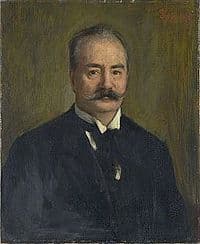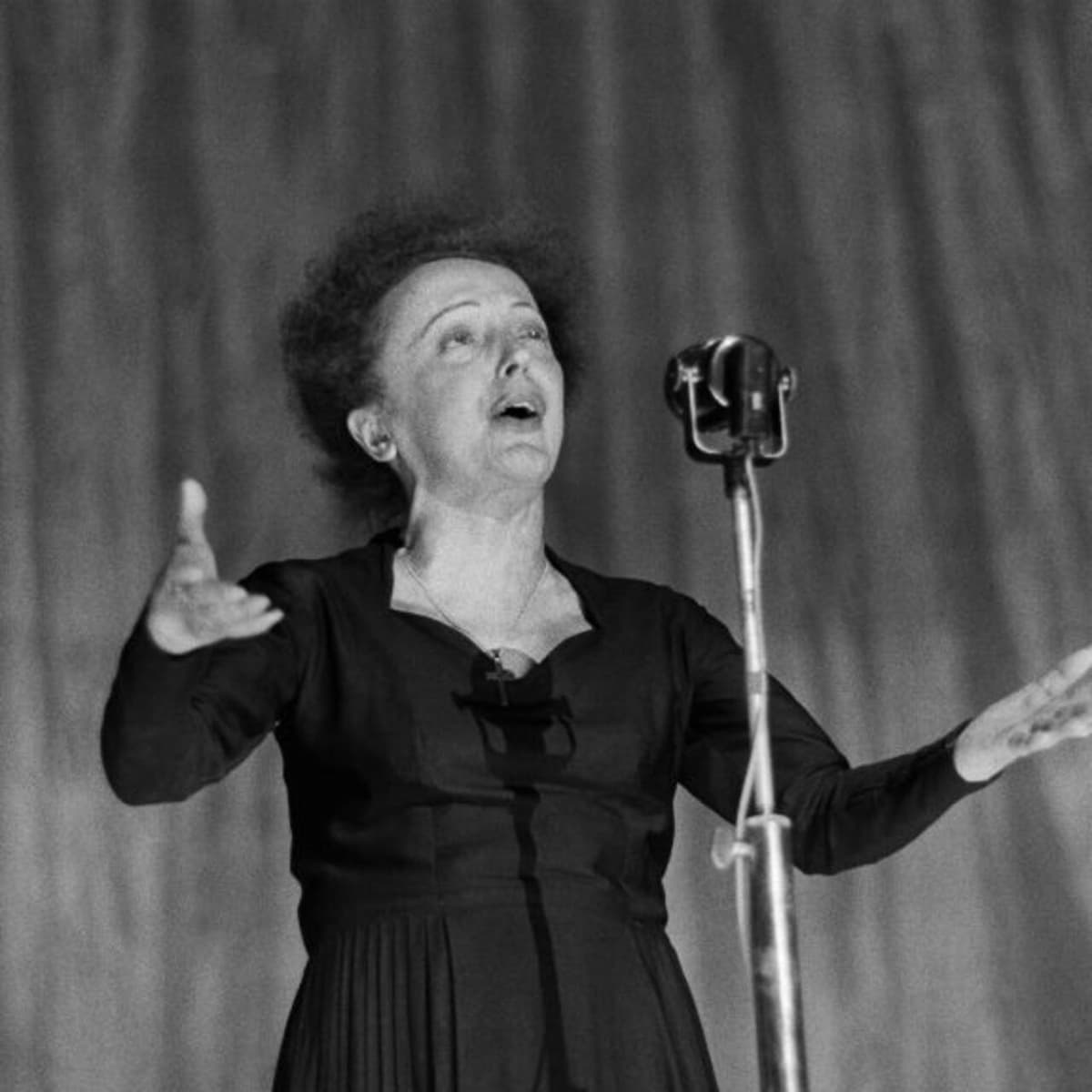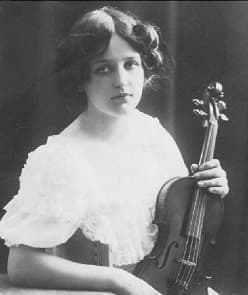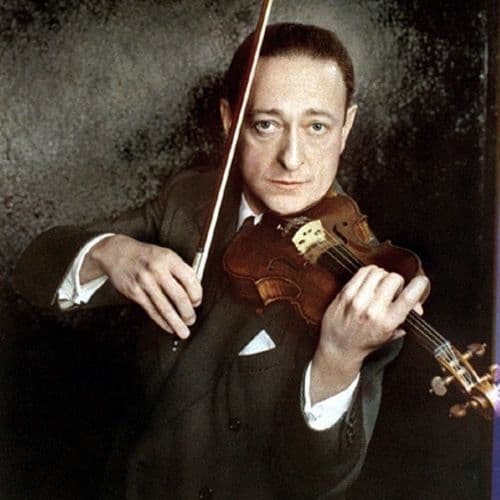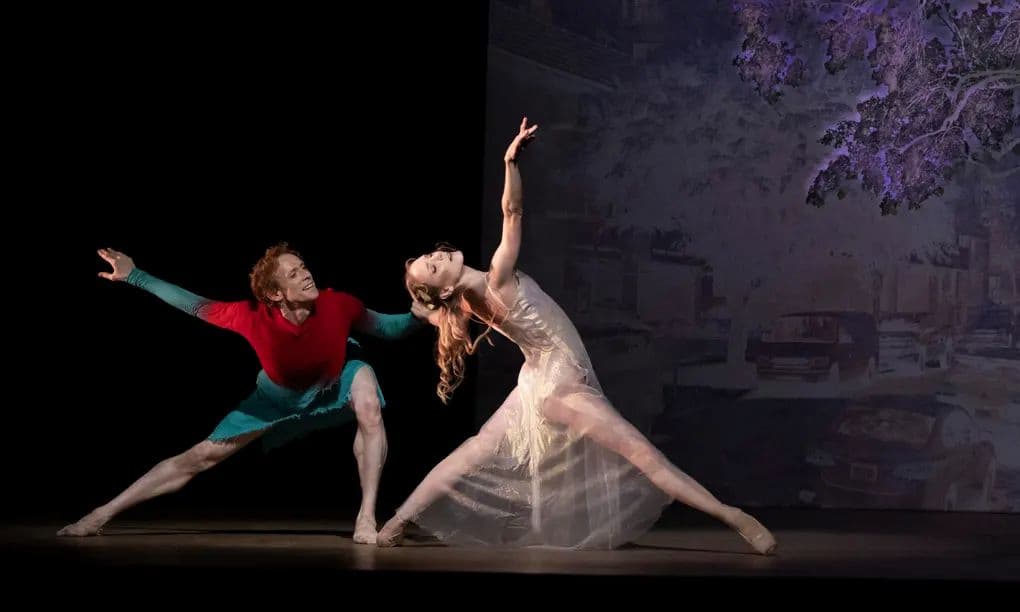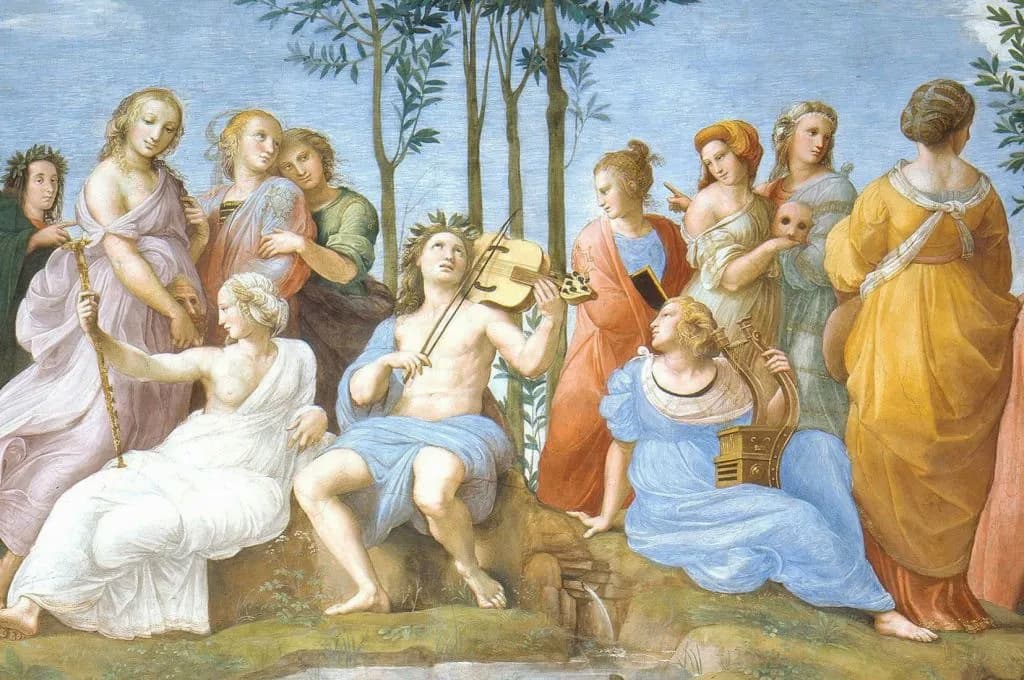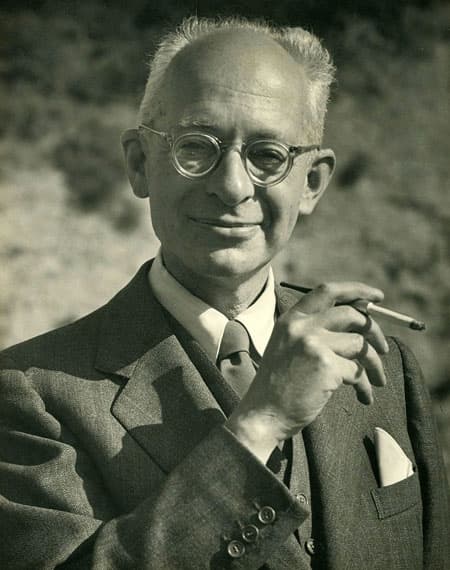The play Hedda Gabler, written by the great Norwegian playwright Henrik Ibsen premiered in 1891. It details Hedda’s struggles as a newlywed with an existence she finds devoid of excitement and enchantment. She is the daughter of an aristocratic general
In essence
Francis Poulenc completed his 15 improvisations for piano in 1959 with No. 15 in C minor, subtitled “L’hommage à Édith Piaf.” Although dedicated to Edith Piaf, it is not known whether Poulenc and Piaf actually met, though they had friends
Here is our little quiz for today. What is possibly the largest wind instrument in the world? I am sure you can immediately think of a number of vast instruments, the Wagner tuba, the ophicleide, the Alphorn, or some enormous
Béla Bartók (1881-1945) started his musical journey at age 5 with piano lessons at home before he went to the Budapest Academy of Music in his teens. His teacher, István Thomas, had been a student of Liszt and his training
The famed Irish playwright, critic, and political activist George Bernard Shaw sent a personal letter to Jascha Heifetz after hearing a performance. He writes, “Your recital has filled me and my wife with anxiety. If you provoke a jealous God
Most people who read Dante’s La Divina Commedia love the first part of the trilogy, like the second, and often abandon the whole enterprise when they get to Paradise. The evil is just more interesting, somehow. Dante’s object lessons in
We were looking at the Greek gods and thought we’d see how they’d fared in music. Some of them were subjects of whole operas or ballets, others were just characters who moved the action forward. All of them, however, have
The Italian composer Mario Castelnuovo-Tedesco (1895–1968) developed a private system of musical cryptography and used it to create a cycle of compositions. His Greeting Cards, op. 170, cycle began in 1963 and ended with the composer’s death. His system of

